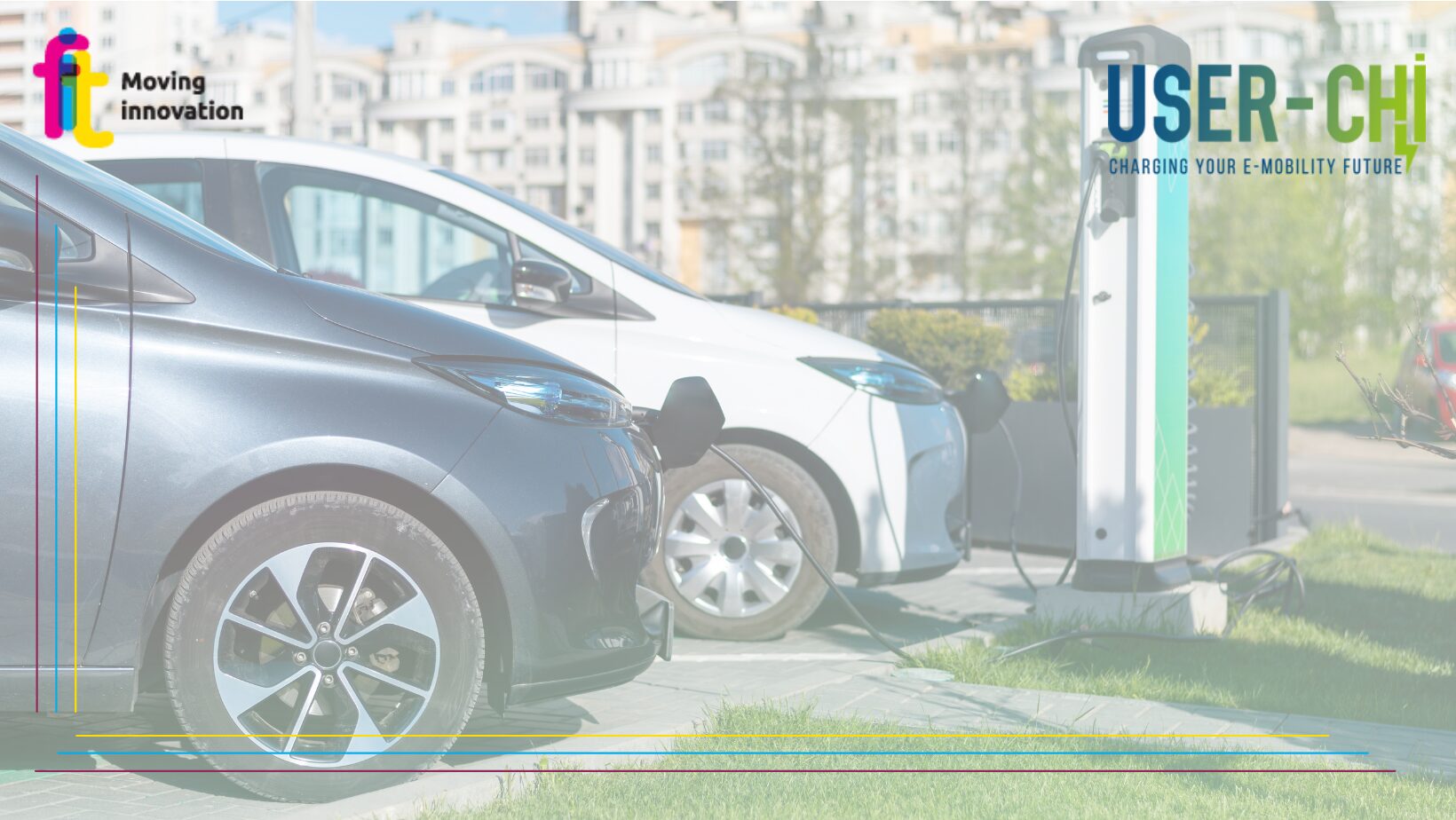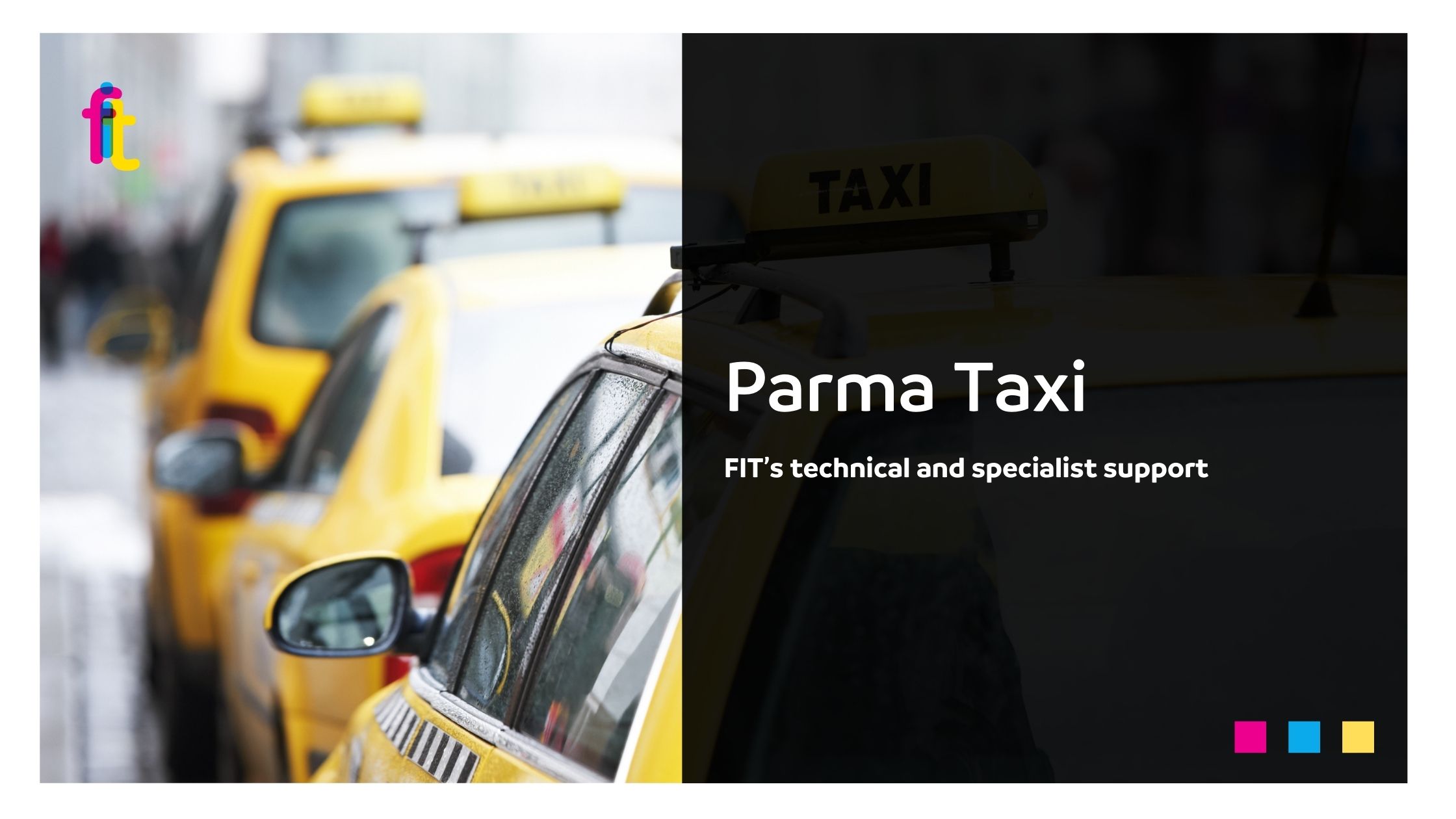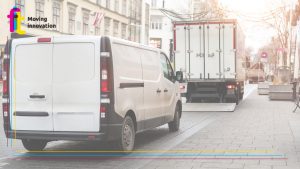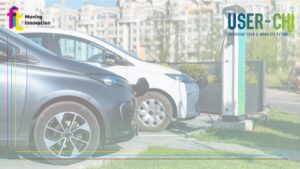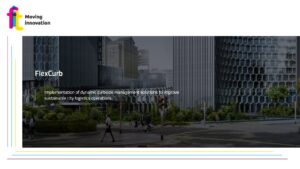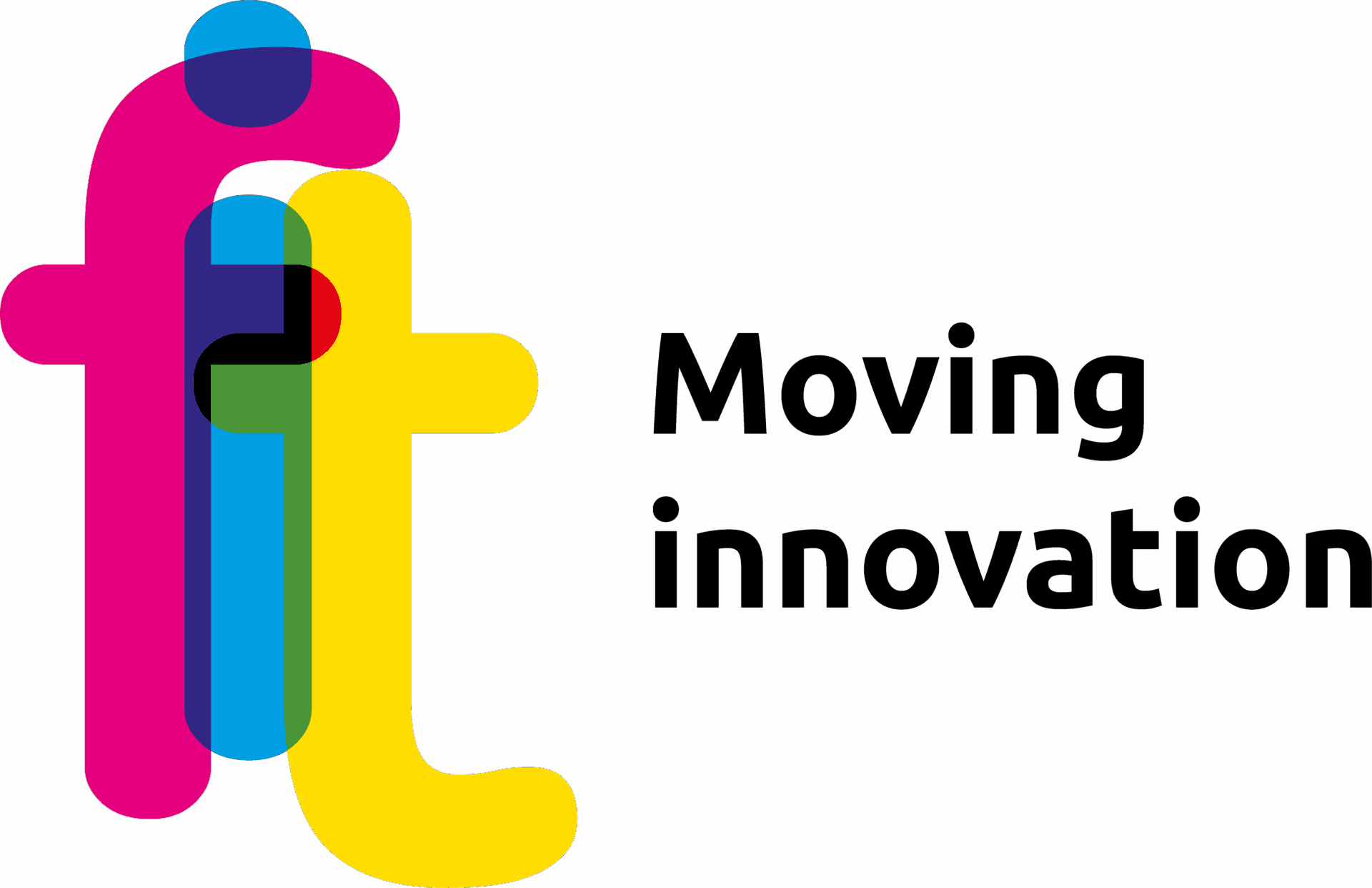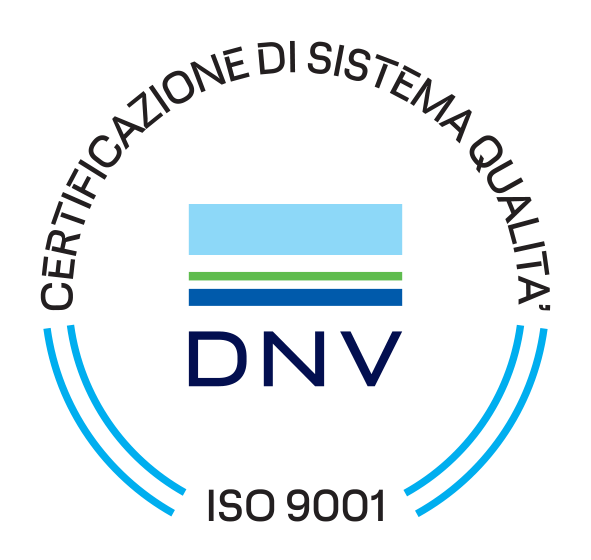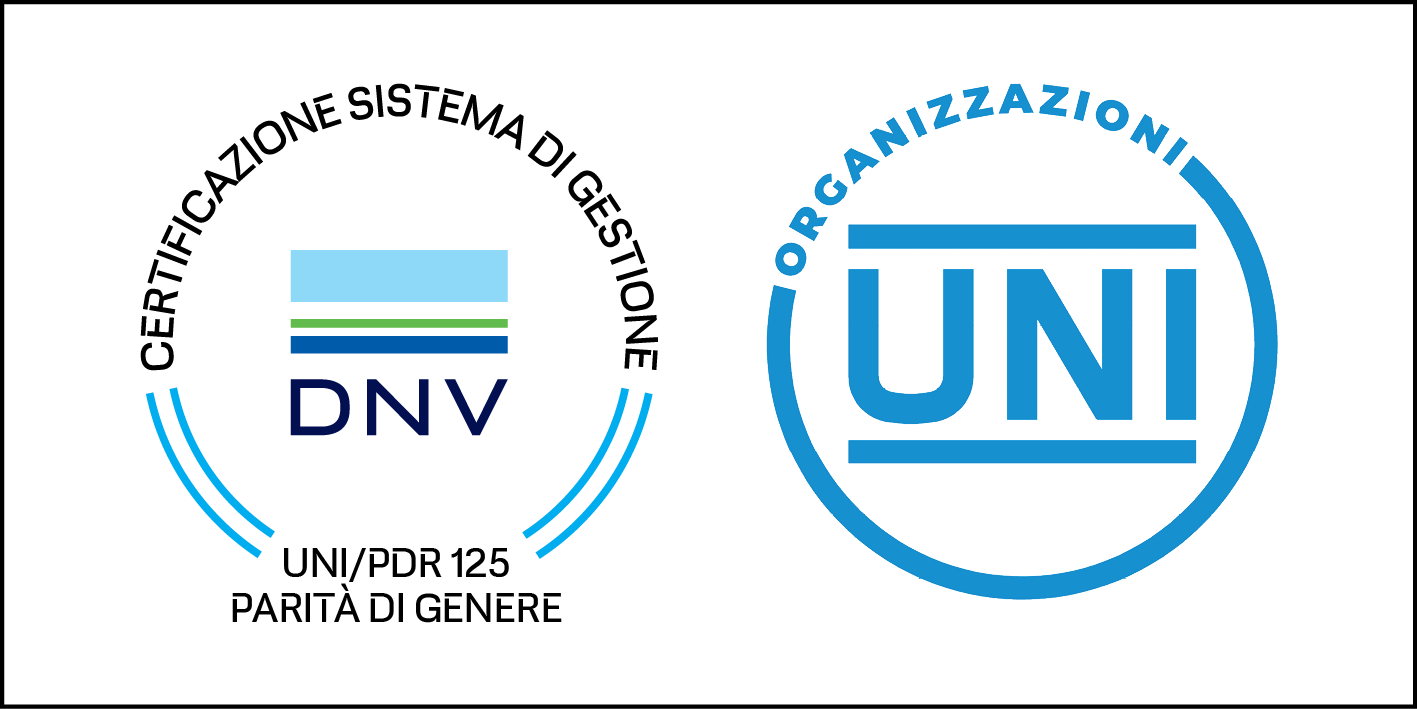USER-CHI, the European project that aims to promote the widespread use of electric mobility in Europe by adopting a user-centric approach
The great challenges behind the project
“By the end of the project, USER-CHI expects to directly increase the number of EVs by 8,000, the number of EVSE by 400, users’ satisfaction levels by 70%, citizens’ acceptance level by 50% and reduce GHG emissions by 450,000 tons per year in the demonstration cities.” This was the ambitious goal set by the USER-CHI project when it launched in 2019.
On September 18th, 2024, the Final Review meeting took place in Brussels, where the USER-CHI consortium presented the main project achievements to the European Commission:
- 85 EVSE installed
- 610 planned through CLICK
- About 1.400 new EVs thanks to INCAR and SMAC
- About 110.000 thanks to CLICK
- +59% EV drivers satisfaction levels
- +11% increase of citizens attitude toward BEV
- Between 60.000 and 140.000 tons of COS2
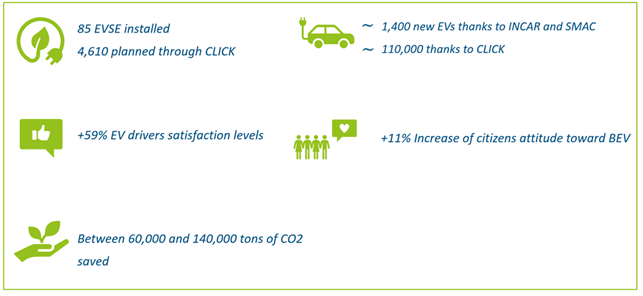
Unlocking the potential of electromobility in Europe: here’s how
The overarching goal of USER-CHI was to unlock the potential of electromobility across Europe. To achieve this, the project adopted a user-centric approach, designing its products and services based on a detailed analysis of various user needs.
- INCAR and INSOC enhanced the satisfaction of current users of electric cars, vans, e-scooters, and e-bikes by offering services that make charging easy and worry-free across Europe. A satisfied user is likely the best advocate for the wider adoption of e-mobility.
- USER-CHI also tested inductive EV charging through INDUCAR, a solution that has the potential to simplify charging and minimize the impact of charging infrastructure on urban space.
- USER-CHI also targeted non-EV drivers. According to an EU consumer survey, three main barriers are preventing the widespread adoption of battery electric vehicles (BEVs):
- purchase price,
- driving range, and
- availability of charging infrastructure.
While USER-CHI does not directly influence vehicle pricing or performance, it developed the CLICK tool to support public authorities and urban planners in designing efficient, user-friendly charging infrastructure that caters to diverse user needs, even for those unable to charge their vehicles at home.
USER-CHI also focused on technical e-mobility stakeholders. The project developed SMAC, a tool designed to minimize the strain on the grid, which is expected to increase with the mass deployment of charging infrastructure. Charging Point Operators (CPOs) were able to efficiently manage the energy supplied to electric vehicles at their stations, including testing vehicle-to-grid (V2G) operations when needed. This means that during periods of low grid energy availability, electric vehicles can transfer energy back to the grid, balancing demand and potentially generating income for vehicle owners. Additionally, the tool maximizes the use of renewable energy sources (RES), further reducing CO2 emissions.
Product | Short description |
CLICK – Charging Location and Holistic Planning Kit | CLICK is an easy-to-use question-and-answer online tool for top-down location planning of charging infrastructure. Its purpose is to optimize the location planning of new charging infrastructure in cities, matching the users’ needs, preferences and habits with the existing charging technologies available on the market. CLICK analyses inputs and estimates the optimum charging infrastructure to be deployed in the city. Furthermore, CLICK can be fed with actual utilization data of charging infrastructure within the cities and planning areas. This enables post-planning monitoring of utilization and thereby enables the demand-oriented expansion of the charging infrastructure network, taking the actual usage into account. |
INCAR – Interoperability, Charging and Parking Platform | INCAR consists of a platform able to offer customized solutions to different end-users to satisfy their needs and so improve the customer experience. Its offer includes a set of innovative integrated EV-related services such as (i) interoperability and roaming to access EVSEs, (ii) booking features of parking slots and charging stations avoiding waiting times and increasing the usage of existing infrastructure (park & charge combined service), (iii) real-time information about publicly accessible EVSEs, (iv) searching and routing to EVSEs, and (v) integration with route planning of EV fleets. |
SMAC – Smart Charging Tool | SMAC provides users with a platform offering smart grid integration services for slow, medium, fast, and ultrafast charging. This will be complemented by a set of high-value services for EV drivers such as the maximization of RES electricity supply and competitive charging prices. |
INSOC – Integrated Solar-DC charging for LEVs | INSOC includes a software and hardware combined solution to satisfy LEVs charging needs, by also integrating on-site production of RES and theft-proof parking. |
INDUCAR – Inductive Charging for e-Cars | INDUCAR is an inductive charging solution to deliver a high level of automated power transfer. This will allow offering a very advantageous charging experience to the user (e.g. avoiding manual handling of cables). |
These tools collectively help reduce installation and operational costs, encouraging further investment in charging infrastructure and e-mobility.
USER-CHI played a significant role in shifting from internal combustion engine vehicles to electric vehicles, leading to reduced GHG emissions, pollution, and noise, particularly in urban areas.
However, electric vehicles still take up space, contribute to traffic, and pose safety risks for vulnerable road users, just like internal combustion engine vehicles. To truly improve urban environments, decarbonizing vehicles is not enough; we must also reduce our reliance on cars, especially for daily trips under 10 km, which can be easily replaced by public transportation or shared mobility services. To this end, USER-CHI developed seven business models and four layouts for the stations of the future, incorporating features to promote multimodality.
FIT Consulting’s role in the project
FIT coordinated the demonstration and evaluation of the five USER-CHI products in the five frontrunner cities: the Barcelona metropolitan area (Spain), Rome (Italy), Berlin (Germany), Budapest (Hungary), and Turku (Finland).
These cities act as key connecting nodes within the Mediterranean and Scandinavian-Mediterranean TEN-T corridors. Their varying sizes, contexts, and levels of e-mobility maturity provided a comprehensive view of e-mobility in Europe, supporting the scalability and replicability of the demonstrated solutions.
Along with managing and evaluating the pilots, FIT also led the development of seven sustainable business models aimed at helping cities and stakeholders sustainably integrate and scale electromobility, incorporating new mobility modes and addressing high peaks in energy demand.
An incredible adventure successfully completed
During the project’s final event, which was held in Brussels on 18th September, 2024, the European Commission congratulated the consortium on the outstanding work and results achieved by the project, which contributed significantly to a sustainable E-mobility market uptake in the European cities involved and beyond.
Want to find out more about the USER-CHI Project? Watch the video!
This article was written by Marisa Meta, Project Manager FIT.
For more information: meta@fitconsulting.it, or visit the website www.userchi.eu

